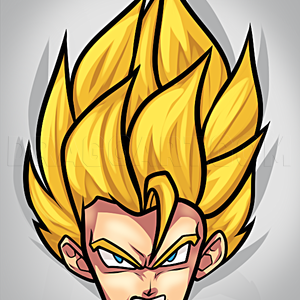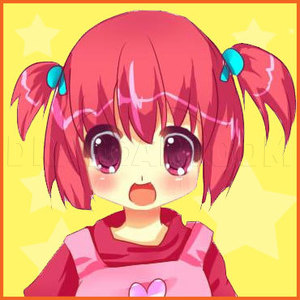1
There are many different breeds of Mastiffs. Some are larger than others, some fluffier than others. Some are overwhelmingly wrinkly and others just have wrinkled faces. Here are few different examples of Mastiff breeds from around the world - a Tibe
2
We're going to be drawing a Bullmastiff, which is part Old English Bulldog, and part English Mastiff. They have very muscular bodies and large heads. They were bread to be guard dogs and are very alert. Their fur is mostly brownish-tan with black fac
3
Here's an example of a Mastiff's skull. Although the skull has a long jaw, the Mastiff's face looks short and smashed due to excessive skin folding over the snout and hanging from under the jaw.
4
And here's a super cute Mastiff puppy! They grow into their legs as they age, causing the skin on the feet to smooth out. The head appears disproportionately large as a pup.
5
Here's a close look at their lower legs and paws. The first example on the far left is a hind leg. The other three are front legs. Notice how far back the paw bends when they walk. The bottoms of the paws consist of one large pad in the middle, with
6
So let's get to work on our Mastiff! First draw some basic construction lines using a 2H or harder pencil. Sketch very lightly so that the line are easy to erase later on. They don't need to be perfect since they're just guides. Sketch a circle for t
7
Draw the eye first. Since this is a side view, we can only see the right eye. It should be almond shaped, but very fat in the middle. The pupils and iris should be rather large and looking straight ahead. Draw many folds and wrinkles encircling the e
8
Next, draw the snout and nose. The snout should be level with the eye. The nose is slightly triangular shaped at this angle, and don't forget to draw the small nostril hole. Draw the upper lip of the mouth while you're at it, which should be very squ
9
The mouth should be wide open, causing the lower jaw to fall low on the face. The back of the mouth should have a circular curve to it. The edge of the lip has a few small bumps that fold over. The tip of the lower jaw should not extend as far forwar
10
Use the skull example above to help with drawing the teeth. The teeth near the back of the mouth should be short and wide, whereas the teeth near the front should be longer and slim. We should only be able to see the canines of the top teeth. But we
11
The tongue should be hanging out some to make things interesting. Draw a large bump in the middle of the tongue since the muscles are tensed a bit, rather than simply having a limp tongue hanging out.
12
Now draw the top of the head and ears. We can see the bump of the left eyebrow just barely. The ears should be perked upwards but folded over. The tips are triangular shaped. Draw a few more curved creases behind the jaw line.
13
These dogs have very thick, muscular necks. The top of the neck should have a long, smooth line that starts from behind the right ear and has a few fold bumps near the base. The front of the neck should have several short muscle ripples merging into
14
Draw the front legs off the ground, since our dog will be running. The left legs should be bent forward, and the right leg bent back. We can see the pads of the paws just barely from this perspective. Don’t forget to draw the claws on each tow. The
16
The hind legs should be firmly placed on the ground, as if using them to push forward. The upper portion of the hind leg is large and rounded, and the lower portion is thin and straight. The left leg should appear slightly higher than the right, and
17
The tail should be arched down slightly. It's very smooth and gradually gets thinner as it reaches the tip.
18
We can now ink our image! Use either a brush and ink or Micron markers. Be patient and be careful not to erase any unneeded guide lines. When the ink has dried, erase the pencil marks with a kneaded eraser.
19
You can add a greater sense of depth to the image by giving it a little shadow. Add shadow to the base of the tail, the left hind leg, and behind the front legs. Also black out the pads of the paws. These dogs have black faces and ears, so it's impor
20
It's a good idea to feather alongside some of the shading to help the transition from light to dark, especially on the areas of the face. At the top of this image is an example of what feathering with a brush and ink looks like. Very fine at the tip
Comments 0
Details
June 30, 2013
Description: A step by step demonstration on how to draw a Bullmastiff in a comic book style. Includes tips on breeds, anatomy, and puppies!




















































































